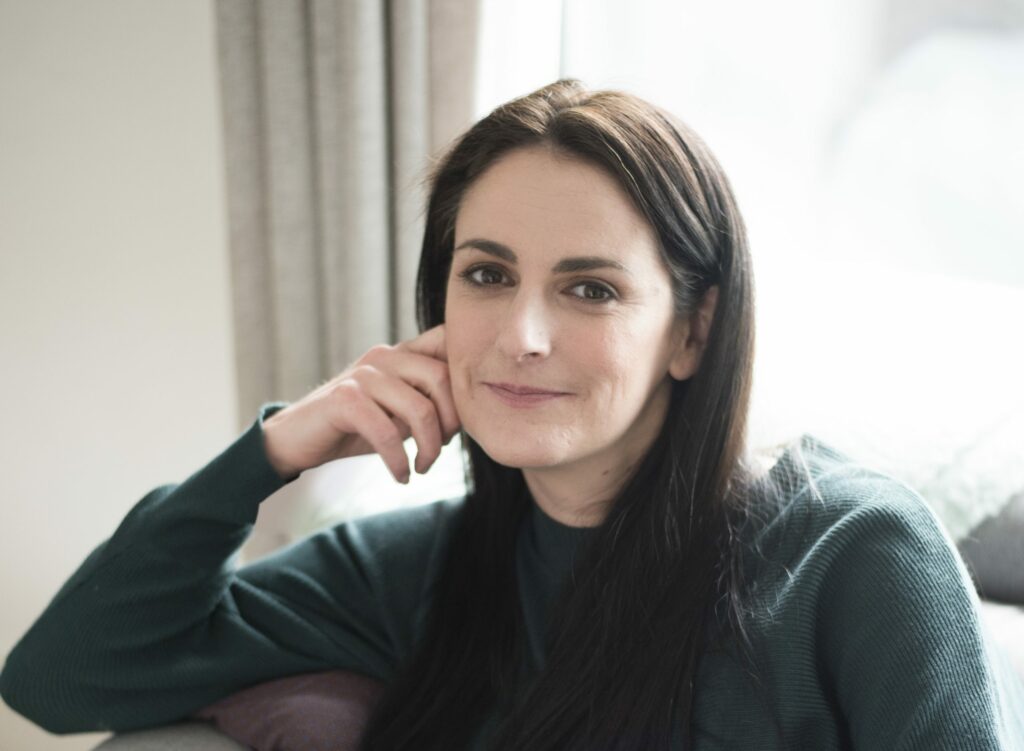‘Hit or miss’ approach to sunscreen increases risks from UV exposure
Alongside other protective measures, such as clothing and shade, sunscreens play an important preventative role in the fight against skin cancer.
However, a recent survey conducted by the British Association of Dermatologists revealed that people’s approach to sunscreen is often lax, with 80% failing to apply sunscreen properly before going outdoors, and 70% admitting that they don’t reapply sunscreen every two hours as recommended.
Such a casual approach to sunscreen application leaves people more vulnerable to the harmful effects of ultraviolet (UV) radiation from the sun – increasing their risk of sunburn and skin cancer.
UV radiation from the sun
There are two types of UV radiation that we need to be concerned about: UVA and UVB. UVA rays penetrate more deeply through the layers of the skin than UVB. It is associated with skin ageing as well as skin cancer. UVA can pass through window glass and is present year round, even on cloudy days.
UVB rays are mainly responsible for sunburn, can’t pass through window glass and are strongly associated with two types of skin cancer – malignant melanoma and basal cell carcinoma.
Sunscreens: how they work
Sunscreens help to protect your skin by filtering out the UV radiation through the use of organic* and inorganic active ingredients. Organic filters absorb UV radiation, while inorganic filters (such as titanium dioxide or zinc oxide) reflect UV radiation.
Understanding sunscreen labelling
SPF stands for Sun Protection Factor and shows the degree of protection the sunscreen provides against UVB only. It is rated on a scale from 2-50+. The higher the factor, the greater the level of protection against UVB.
UVA Star ratings range from 0-5, and indicate the level of protection the sunscreen provides against UVA, compared with the level of protection it provides against UVB (i.e. the ratio between the level of UVA and UVB protection offered by the product). The higher the number of stars, the greater the level of protection against UVA.

Sunscreens with a low SPF can still have a high number of stars, not because they are offering high UVA protection, but because the ratio between UVA and UVB protection is the same as offered in sunscreens with higher SPF. This is why it is very important to choose a sunscreen with a high SPF as well as high UVA protection (ideally 4 or 5 stars).
The EU recommends that the UVA protection offered in a sunscreen should be at least one third of the SPF. Sunscreen products meeting this requirement are eligible to display a UVA logo, with the letters UVA enclosed within a circle.

Open jar / period-after-opening symbol
An ‘open jar’ symbol located on the sunscreen container indicates the period of time after the product is first opened, that it is safe to use (i.e. there is no decrease in the effectiveness of the sunscreen).

This ‘period after opening’ is usually specified in months (often abbreviated to M, e.g. 12 M) or years, and located within or just beside the open jar symbol. The manufacturer’s storage instructions should also be followed.
Choice of sunscreen
The British Association of Dermatologists recommend ‘high protection’ broad spectrum sunscreens (offering protection against UVA and UVB), with an SPF of at least 30 and high UVA protection, in addition to protective clothing and shade.
‘More is better’
While individual manufacturers provide instructions specific to their products, an average sized adult requires at least 36 grams of sunscreen (about six full teaspoons) to cover their body and achieve the protection indicated on the label – this is the amount used when products are tested to measure their SPF, calculated on the basis of applying 2mg of sunscreen per square centimetre of skin.
Many people don’t realise that applying less than the recommended amount may reduce the protection which sunscreen provides to a higher degree than you would think is proportionate, e.g. only applying half the required amount can reduce the protection by a shocking two-thirds.
When to apply
Sunscreen should be applied liberally and evenly 15-30 minutes before sun exposure to allow it time to dry, and again shortly after going outdoors to ensure that all areas are covered. Reapply frequently, at least every two hours and after perspiring, sport, swimming, or friction (such as towel drying).
An Irish context
In Ireland, protect yourself from March – September, when the intensity of sunburn producing UV radiation is greatest.
Know your skin type
A person’s natural skin colour influences their risk of skin cancer so sun-safe recommendations (protective clothing, shade and sunscreen) should be used alongside information on skin type, providing a better sense of the care you need to take in the sun: know your ‘skin type’.
The Vitamin D debate
Vitamin D is important to keep teeth and bones healthy. Dietary sources of vitamin D include oily fish and fortified foods. Your body also produces vitamin D during short periods of incidental sun exposure. Vitamin D produced in the skin is ‘biologically regulated’ – long periods of sun exposure can actually break it down, consequently reducing benefit and increasing risks of cancer.
So the advice from dermatologists is to get some sunshine as you go about your day to day activities without burning or deliberately tanning. Vitamin D supplements are sometimes required by those at risk of low levels, for example: pregnant and breastfeeding women, young children, older people, and those with darker skin.
Price
A higher price doesn’t necessarily indicate better protection. Look for ‘high protection’ broad spectrum sunscreens, with an SPF of at least 30 and a UVA circle logo and/or 4 or 5 UVA stars. The Health Products Regulatory Authority advises that sunscreens should only be bought from a reputable source. In this way, the product can be traced back to the supplier.
It also recommends checking the label of the sunscreen for a European address – if a product has been imported from outside the EU, it may not meet European safety assessment requirements.
Think sun-safety
No sunscreen can provide 100% sun protection. Remember the five ‘Ss’ of sun safety – Slip on a t-shirt, Slop on (broad-spectrum) sunscreen factor 30+, Slap on a hat, Slide on sunglasses, Seek shade.
*In this context, the term organic does not imply ‘natural’ or ‘additive-free’ but is a word used by scientists to describe molecules containing carbon atoms.













